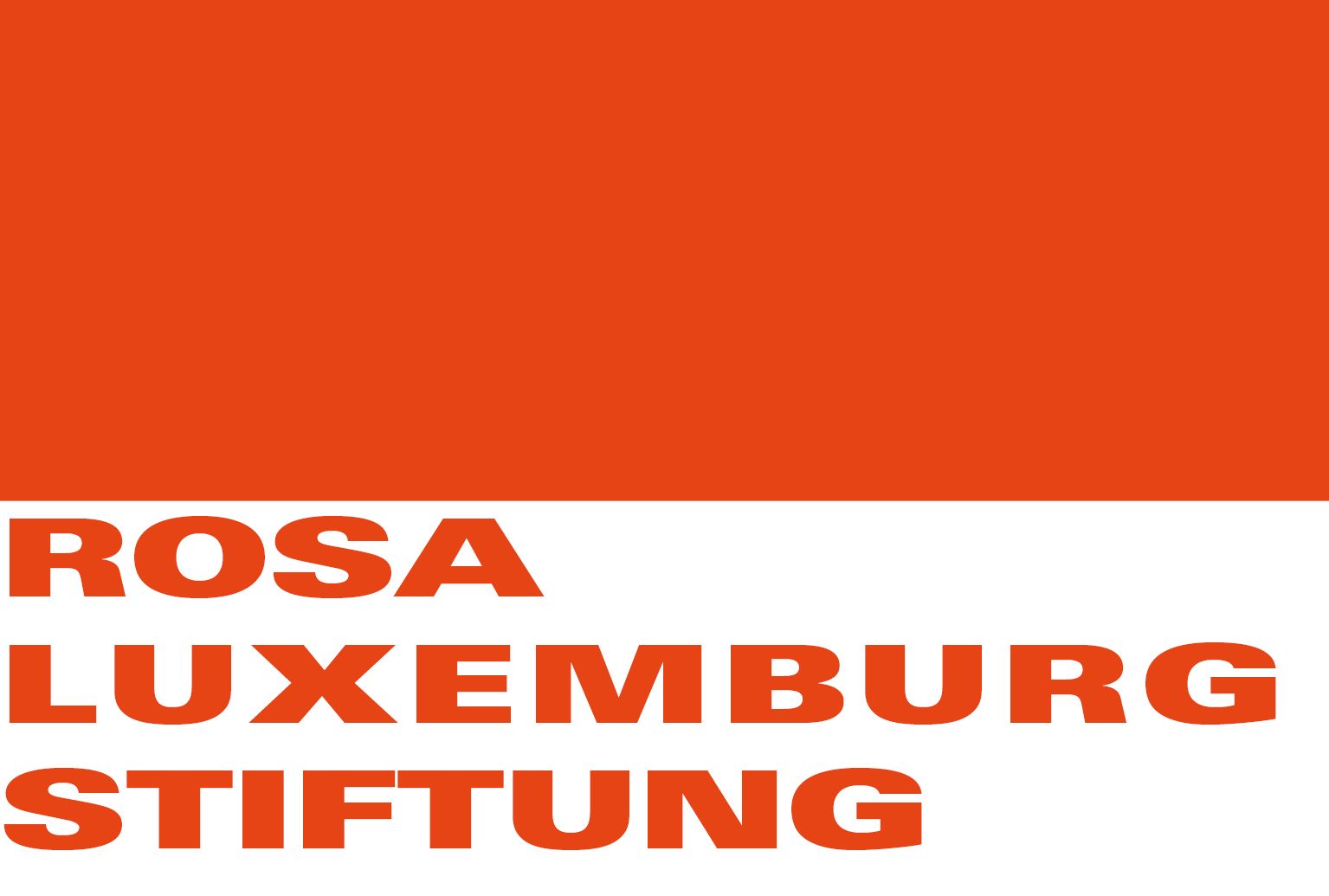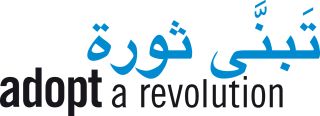Its never-ending cruelties overshadow the causes that made the "Islamic State" emerge in Iraq in the first place; the systematic social and political marginalization of the Sunni population. Even after the rise of "IS" Shi’i militias allied with the Iraqi government are still involved in large-scale atrocities against Sunni civilians. By David Jordan
It comes as no surprise that one of the most central factors that facilitated the growth of “IS” is political instability. In Syria, civil war is raging since 2011; Iraq is disintegrating since the fall of Saddam Hussein in 2003. “IS” accordingly gained ground successfully only in those areas in the West and Northwest of Iraq, over which the government had already lost control months before. The Iraqi government’s subsequent inability to regain those areas and strike “IS” a serious blow even with U.S. support reflects deep rifts inside the Iraqi political landscape. These rifts are perpetuated and exploited by various insurgency groups fighting along various frontlines throughout the country. The basic frame that contributes to these rifts is the steadily grown and still growing alienation of the Sunni Iraqi population from the Shi’i dominated government. This constitutes a serious obstacle to any attempt of closing ranks against “IS”. From a Sunni perspective, the Iraqi government deliberately widens these rifts with its current operations against “IS” as these attacks are perceived as targeting the Sunni population at large.
Signposts into chaos: the political marginalization of the Sunni community before “IS”
Aside from the historical and theological dimension of the Sunna-Shi’a schism, the current aversion of the Sunni Arab population in Iraq against the Shi’i dominated government is essentially the result of governmental policies over the last years: Many Sunnis have been systematically alienated from the political process through the abuse of anti-terrorism and de-Ba’thification laws. Regular arrests, kidnappings, and even killings of Sunni citizens by Shi’i militias are the result of these policies over the past years. Many Sunnis consider in particular the de-Ba’thification (that is, the elimination of all former Ba’th Party structures in the Iraqi civil administration and politics) at the hands of the so called Accountability and Justice Commission (AJC) a sectarian policy better labeled de-Sunnification. In fact, the leadership of AJC was dominated by Shi’is, who were themselves electoral candidates in 2005 and 2010 and used their position to influence election results.
Another key event alienating large segments of the Sunni population was the the parliamentary election of 2010. In this election, the Iraqi National Movement (known as al-Iraqiyya), a Sunni-Shi’i coalition led by Iyad Allawi, officially won with 91 seats over the State of Law coalition of then Prime Minister Nuri al-Maliki (89 seats). The AJC, however, threatened to dismiss several dozens of candidates, including eight from al-Iraqiyya, thereby effectively challenging election results (already before the election, the AJC had dismissed over 500 candidates due to alleged Baʿth Party affiliations). Consequently, it took months of negotiations until a new government could be formed in November 2010. Even though no candidate was disqualified in the end, Maliki won the new candidacy through an impromptu Shi’i coalition building. This resulted in major disappointment and deep frustration among the Sunni community over the whole political process.
Sunni protests 2011 to 2013
In the wake of the “Arab Spring”, first protests then followed throughout Iraq in 2011. They mainly concerned the improvement of public services as well as the fight against corruption. The protests were not only confined to the Sunni community. But the situation changed in December 2012 when ten bodyguards of the Sunni Minister of Finance and al-Iraqiyya member, Rafi’ al-Isawi, were arrested on charges of terrorist activities. Only one year before, the founder of al-Iraqiyya, Tariq al-Hashimi, had been sentenced to death in absentia on the same charges after he had fled to Turkey. For most Sunnis, such accusations were only a pretence for an attack against al-Iraqiyya as a political opponent. They triggered a wave of mass demonstrations that started in Anbar province and spread to the Northern Iraqi governorates Ninawa, Salah al-Din, Kirkuk and Diyala. The protestors primarily demanded the release of Sunni prisoners, a reform of the anti-terrorism and de-Ba’thification laws, i.e. an end to Sunni marginalization, as well as the resignation of Prime Minister Maliki. They even achieved support by the infamous Shi’i cleric and political enemy of Maliki, Muqtada al-Sadr.
After months of peaceful mass protests, confrontations turned violent during a sit-in in the city Hawija on 23 April 2013. Government forces stormed the protest camp, leaving 50 protestors dead and 120 wounded. Human Rights Watch (HRW) heavily condemned the incident as contradictory narratives about the killings began to surface. According to government representatives, insurgents of al-Qa’ida and the Naqshbandi Army (an amalgam of Sufi affiliates and former members of the Ba’th Party) had infiltrated the protest camp and opened fire on government forces killing three soldiers. In contrast, local eye witnesses claimed that the protesters were armed only with sticks and that the government forces immediately opened fire after they had sprayed the camp with hot water. Following this incident, many tribal protesters as well as militants of al-Qa’ida and the Naqshbandi Army took up arms and clashed with the security forces throughout Northern Iraq.
After these violent outbursts, the Sunni protests slowly narrowed down to their place of origin in Anbar province, namely to the cities of Ramadi and Falluja. However, in December 2013 the situation escalated again. “IS” successfully infiltrated the protest camps along the Iraqi-Syrian border, long considered a hotbed for al-Qa’ida, and conducted several deadly attacks against government forces. On 22 December, the Iraqi army started an “anti-terrorist military operation” during which it forcefully dissolved the protest camp in Ramadi. Moreover, on 28 December, the army arrested another Sunni al-Iraqiyya Member of Parliament, and killed his brother and several of his bodyguards in a gunfight. In response to this provocation, the protesting tribal leaders in Anbar called their men to arms against the government. This, finally, marked the beginning of heavy fighting, a government blockade and full-scale bombing of Ramadi and Falluja including civilian areas over months.
This political chaos and its sectarian implications paved the way for “IS” to gain ground in West- and Northwest Iraq. “IS”, among other militias, successfully entered the battlefields in Anbar and popped up at the same time with minor attacks in several Iraqi provinces such as Salah al-Din and Diyala. It even managed to build up a huge following in Ninawa’s provincial capital Mosul, which was formerly known as a Ba’th Party stronghold. Thus, for the Maliki government, this battle soon became one against extremists of al-Qa’ida and Ba’thists while it simultaneously aimed to target the Sunni community at large.
[slideshow_deploy id='8561']
On the Sunni side, only the tribal Sahwa forces of Sheikh Ahmad Abu Risha, originally founded a few years earlier as a support force to counter terrorism, announced their fight against al-Qa’ida in most Anbari cities. In contrast, leading figures of the preceding protests like the Grand Mufti of Iraq, Rafi Taha al-Rifai, or tribal leader Ali Hatim Sulayman insisted that the whole conflict was only a battle between Sunni tribes and the Maliki government. Even after “IS” had captured the city of Mosul, they still downplayed their importance and claimed that all violence was sponsored by Iran. The conflict was portrayed as Sunni resistance against oppresion: The citizens of Mosul accordingly welcomed “IS” as some sort of liberators whereas they attacked Iraqi forces with stones.
Since “IS” has proclaimed its caliphate encompassing Iraq’s Northwest, the pattern of the whole conflict has remained the same: Despite the need to build alliances with them, the Iraqi government and its allies still target large parts of the Sunni population during their offensives. According to HRW, in July alone, government forces launched 17 air strikes targeting mosques, official buildings, hospitals as well as power and water stations in Northern and Western Iraq. At least 75 civilians were killed and hundreds wounded. At times, following the example of the Assad regime in Syria, even barrel bombs were used. Moreover, on September 1, Iraqi government forces attacked a school building in the North of Takrit, which was housing about 70 members of the extended al-Bu Nasir tribe of former president Saddam Hussein. These families had become displaced following the conquest of Takrit through “IS”. The attack killed 31 civilians including 24 children and wounded 41 other members of the tribe. According to several accounts there were no “IS” fighters present during the air strike.
The systematic displacement and murder of Sunni families
Meanwhile, pro-government Shi’i militias like the famous Badr Brigades or the relatively young Saraya al-Khorasani Brigades use the pretext of the conflict with “IS” to systematically raid and destroy Sunni villages throughout Iraq and prevent the displaced families from returning to their homes. These militias play a prominent role among Iraq’s security forces. They receive their equipment from the Iraqi central government who, in turn, is awarded huge amounts of military and financial support from international allies like the U.S. for their fight against “IS”. Against this backdrop, it does not come as a surprise that members of the different militias were involved in several atrocities against the Sunni population including kidnappings and summary executions of Sunni prisoners (at least 255 prisoners in six cities). On August 22, members of the Shi’i militia Asa’ib Ahl al-Haqq (League of the Righteous) entered the Sunni Musab Bin Omair mosque in the village Imam Weiss, 50 kilometers northeast of the city Baaqubah in Diyala province and shot 32 men, one woman, and a 17-year-old boy who were attending the Friday prayer. The attack was said to have been a revenge for an IED explosion that killed several volunteer fighters of the militia in the morning of the same day.
Another episode emblematic of the old patterns of revenge along the Sunni or Ba’thist-Shi’i line is the case of Saddam Hussein’s tomb. In fact, upon his execution, a mausoleum was built for Saddam Hussein and his sons in his birthplace south of Takrit. As the place had become popular among visitors during the last years, it attracted the government’s attention, which suspected it to become a shrine for Ba’thist sympathizers. Fearing desecration, some members of Saddam’s tribe in turn removed his corpse to an unknown place at the beginning of this year.
On 4 August 2014 then, Reuters reported that Shi’i militias who were positioned in Takrit to fight “IS” insurgents entered the tomb, smashed everything inside and set the monument on fire. Video footage actually shows the insurgents inside the tomb celebrating their victory over “IS” and Baʿthists. Later on, mobile phone videos document how they set the building on fire, shell it with bazookas and praise Shi’i saints with slogans such as “Oh Ali, oh Husayn, oh Zahra’!”.
As long as such fragmentation and hostility prevails in Iraqi society, where Sunni tribes, Salafist, Ba’thist, and Shi’i militias as well as the government forces fight on several fronts against each other, the ranks against “IS” cannot be closed. Against simplistic media accounts, the conflict in Iraq is not only about a powerful radical Islamist group of international composition and a weak Iraqi central government. Rather, it follows a pattern of enmity and revenge that originated under the late Ba’thist rule of Saddam Hussein. Western governments should, therefore, closely reconsider their decisions to send military equipment to forces related to the Iraqi government. Given the ensuing sectarian tensions, this only adds more fuel to the fire.

















